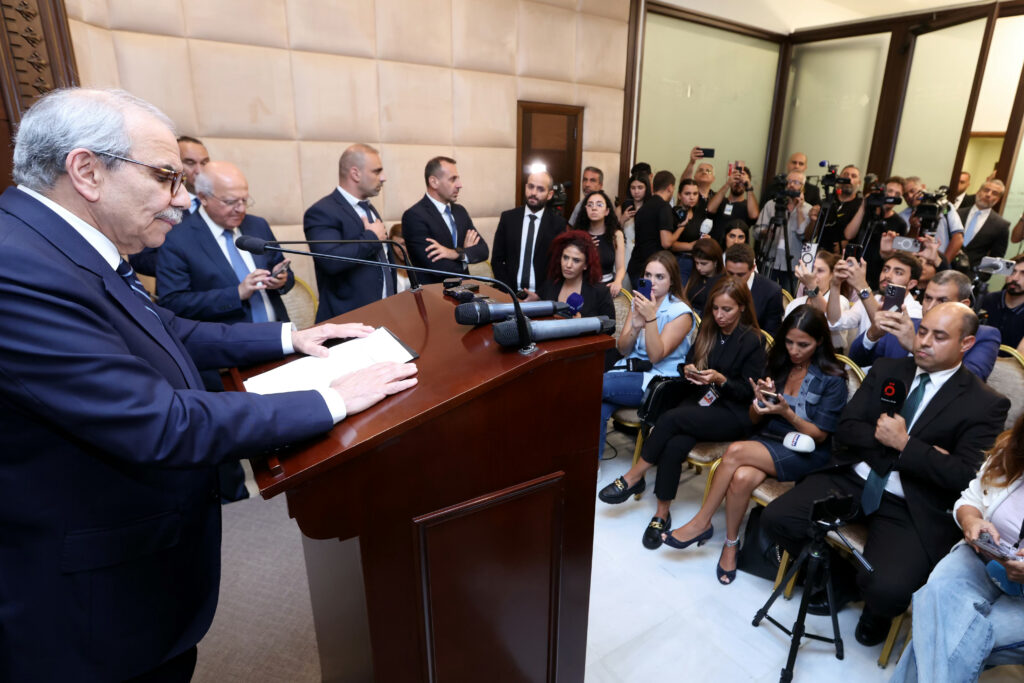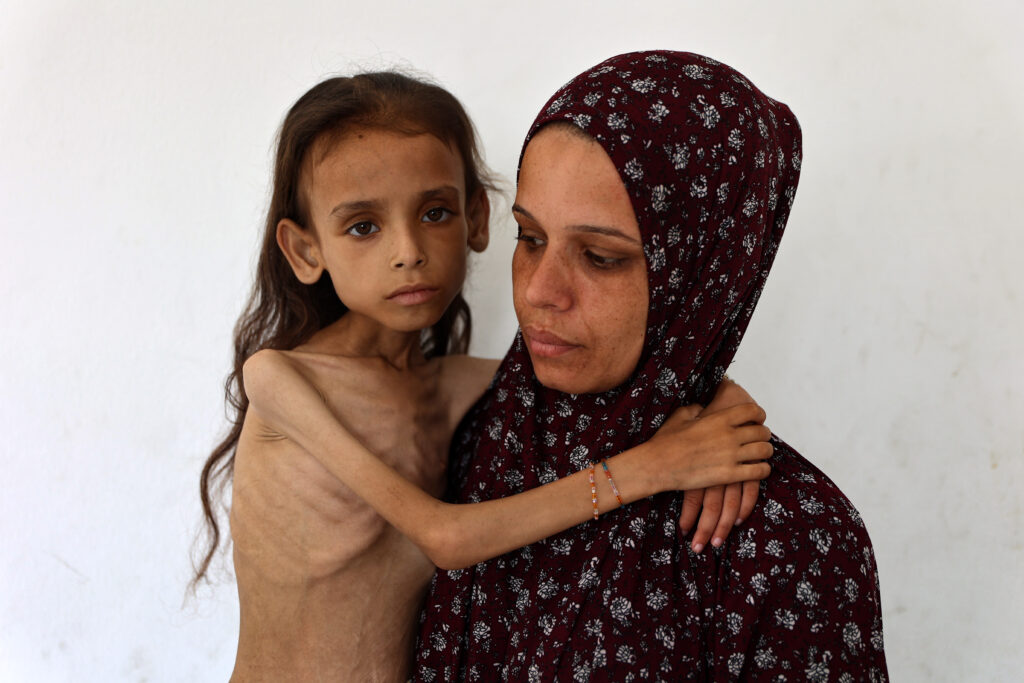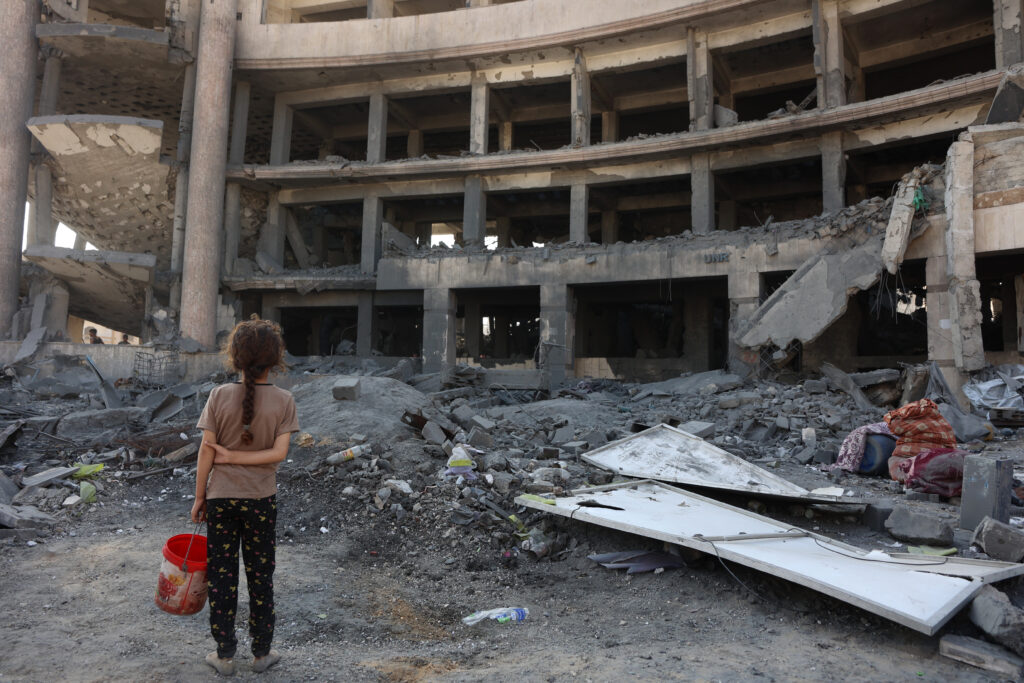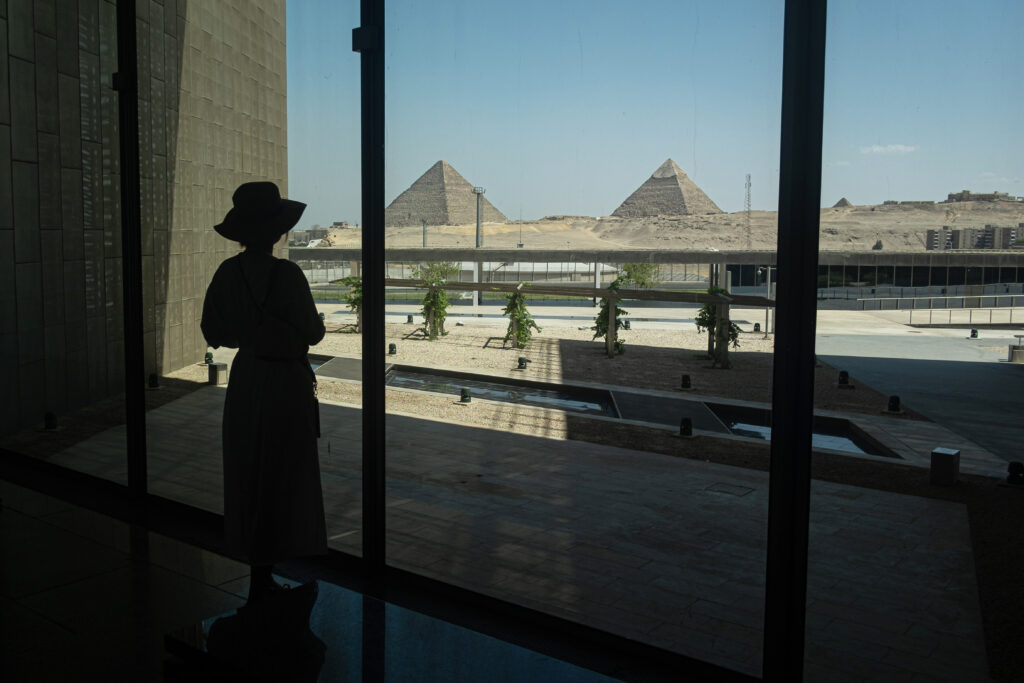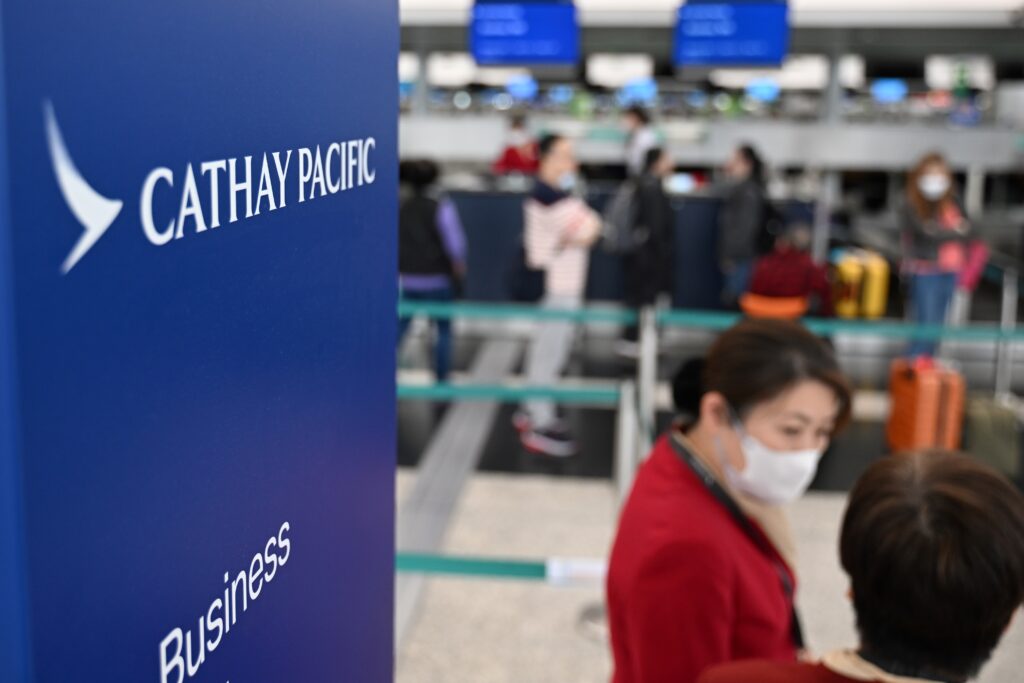Lebanon’s Hezbollah rejects cabinet decision to disarm it
Hezbollah said Wednesday that it would treat a Lebanese government decision to disarm the militant group “as if it did not exist”, accusing the cabinet of committing a “grave sin”.Amid heavy US pressure and fears Israel could expand its strikes on Lebanon, Prime Minister Nawaf Salam said Tuesday that the government had tasked the army with developing a plan to restrict weapons to government forces by year end.The plan is to be presented to the government by the end of August for discussion and approval, and another cabinet meeting is scheduled for Thursday to continue the talks, including on a US-proposed timetable for disarmament.Hezbollah said the government had “committed a grave sin by taking the decision to disarm Lebanon of its weapons to resist the Israeli enemy”.The decision is unprecedented since Lebanon’s civil war factions gave up their weapons three and a half decades ago.”This decision undermines Lebanon’s sovereignty and gives Israel a free hand to tamper with its security, geography, politics and future existence… Therefore, we will treat this decision as if it does not exist,” the Iran-backed group said in a statement.- ‘Serves Israel’s interests’ -The government said its decision came as part of implementing a November ceasefire that sought to end more than a year of hostilities between Israel and Hezbollah, which culminated in two months of full-blown war.Hezbollah said it viewed the government’s move as “the result of dictates from US envoy” Tom Barrack.It “fully serves Israel’s interests and leaves Lebanon exposed to the Israeli enemy without any deterrence”, the group said.Hezbollah was the only faction that kept its weapons after Lebanon’s 1975-1990 civil war.It emerged weakened politically and militarily from its latest conflict with Israel, its arsenal pummelled and its senior leadership decimated.Israel has kept up its strikes on Hezbollah and other targets despite the November truce, and has threatened to keep doing so until the group has been disarmed.An Israeli strike on the southern town of Tulin on Wednesday killed one person and wounded another, the health ministry said.Israel also launched a series of air strikes on southern Lebanon, wounding at least two people according to the health ministry.The Israeli military said it struck “weapons storage facilities, a missile launcher and Hezbollah terrorist infrastructure which stored engineering tools that allowed for the re-establishment of terrorist infrastructure in the area”.Hezbollah said Israel must halt the attacks before any domestic debate about its weapons and a new defence strategy could begin.- ‘Pivotal moment’ -“We are open to dialogue, ending the Israeli aggression against Lebanon, liberating its land, releasing prisoners, working to build the state, and rebuilding what was destroyed by the brutal aggression,” the group said.Hezbollah is “prepared to discuss a national security strategy”, but not under Israeli fire, it added.Two ministers affiliated with Hezbollah and its ally the Amal movement walked out of Tuesday’s meeting.Hezbollah described the walkout as “an expression of rejection” of the government’s “decision to subject Lebanon to American tutelage and Israeli occupation”.The Amal movement, headed by parliament speaker Nabih Berri, accused the government of “rushing to offer more gratuitous concessions” to Israel when it should have sought to end the ongoing attacks.It called Thursday’s cabinet meeting “an opportunity for correction”.Hezbollah opponent the Lebanese Forces, one of the country’s two main Christian parties, said the cabinet’s decision to disarm the militant group was “a pivotal moment in Lebanon’s modern history — a long-overdue step toward restoring full state authority and sovereignty”.The Free Patriotic Movement, the other major Christian party and a former ally of Hezbollah, said it was in favour of the army receiving the group’s weapons “to strengthen Lebanon’s defensive power”.Iran’s Foreign Minister Abbas Araghchi said in a televised interview that any decision on disarmament “will ultimately rest with Hezbollah itself”.”We support it from afar, but we do not intervene in its decisions,” he added, noting that the group had “rebuilt itself” following setbacks during its war with Israel.
